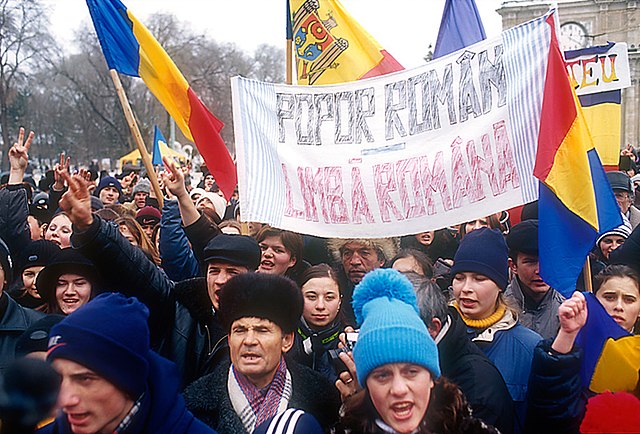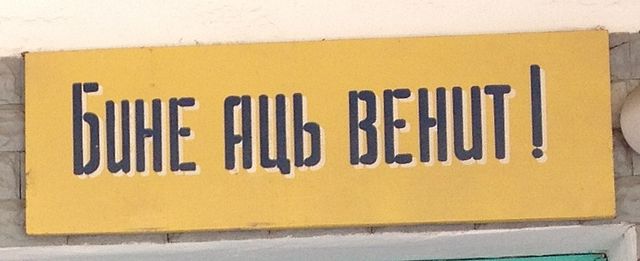Moldovan, also called Moldavian, is one of the two local names for the Romanian language in Moldova. Moldovan was declared the official language of Moldova in Article 13 of the constitution adopted in 1994, while the 1991 Declaration of Independence of Moldova used the name Romanian. In 2003, the Moldovan parliament adopted a law defining Moldovan and Romanian as glottonyms for the same language. In 2013, the Constitutional Court of Moldova interpreted that Article 13 of the constitution is superseded by the Declaration of Independence, thus giving official status to the name Romanian. The breakaway region of Transnistria continues to recognize Moldovan as one of its official languages, alongside Russian and Ukrainian. Ukraine also continues to make a distinction between Moldovan and Romanian, with one village declaring its language to be Romanian and another declaring it to be Moldovan, though Ukrainian officials have announced an intention to remove the legal status of Moldovan. On 16 March 2023, the Moldovan Parliament approved a law on referring to the national language as Romanian in all legislative texts and the constitution. On 22 March, the president of Moldova, Maia Sandu, promulgated the law.

Book in a supposed Moldovan language published in interwar Romania
Demonstration in Chișinău, January 2002. The text on the inscription is "Romanian people—Romanian language".
A welcome sign in Moldovan Cyrillic in Tiraspol, the capital of Transnistria, in 2012. The phrase in Latin alphabet is Bine ați venit!
Moldovan Cyrillic alphabet
The Moldovan Cyrillic alphabet is a Cyrillic alphabet designed for the Romanian language spoken in the Soviet Union (Moldovan) and was in official use from 1924 to 1932 and 1938 to 1989.
Welcome (Bine ați venit!) sign in Moldovan Cyrillic in Tiraspol, the capital of Transnistria, in 2012



